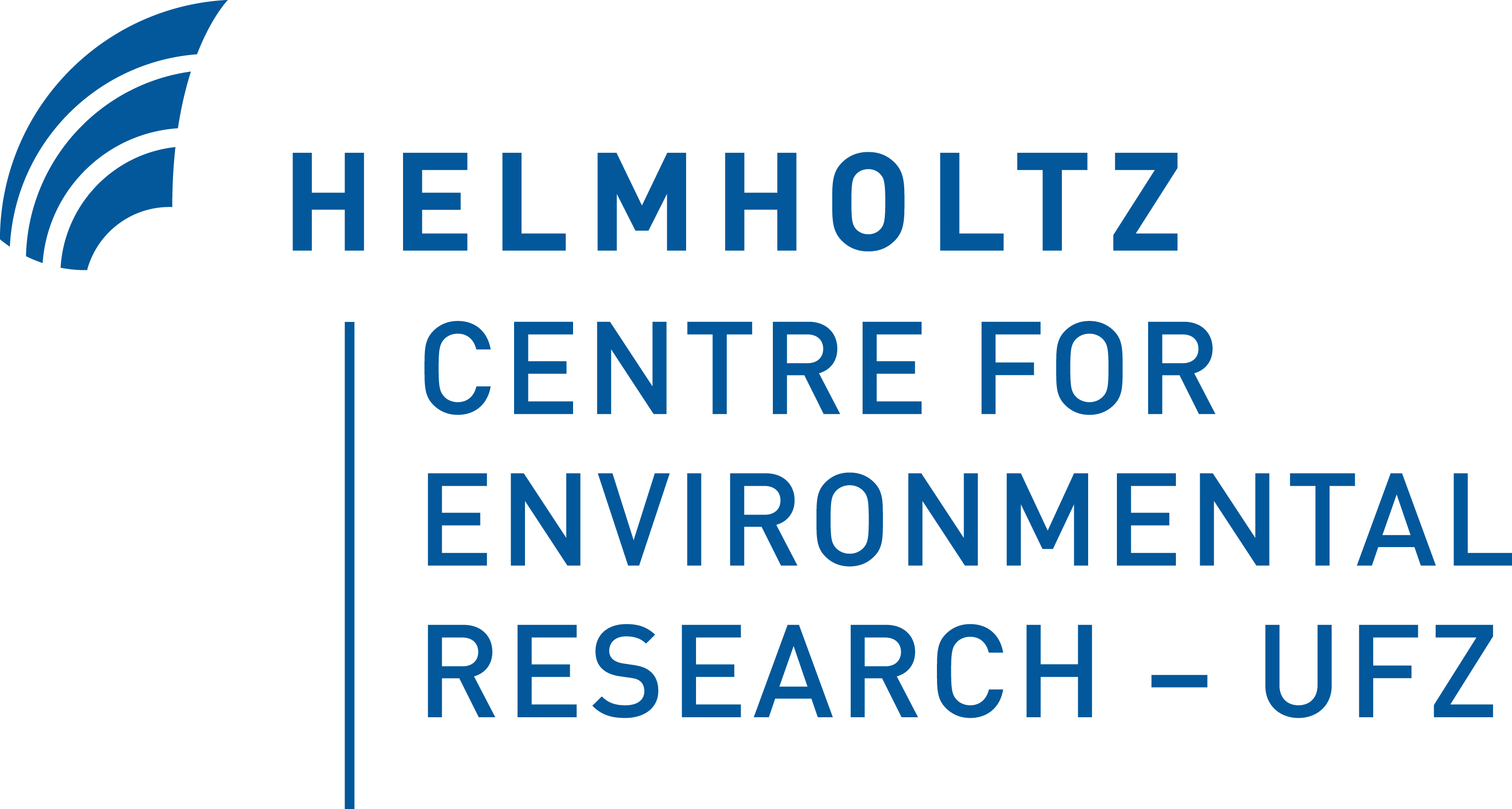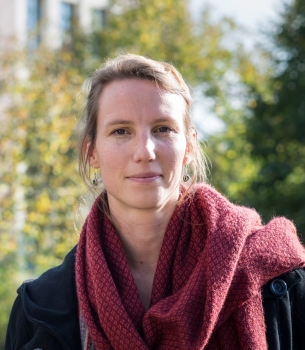Cohort UFZ |

|
1. Urban Water Systems – Load peaks in sewer networks and impacts in river systems
 © UFZ
© UFZ |
Water quality impacts in river systems in a network context Candidate: Katja Westphal Supervision: Prof Dietrich Borchardt (UFZ)/ James Jawitz (University of Florida) |
The alternative approach of water quality management would therefore be to follow a principle of minimum emissions and optimisation of the functionality of river networks with the aim of achieving tolerable overall immissions and optimum water quality for the ecosystems in a networks perspective.
The questions addressed are the following:
- Are there characteristic temporal and spatial patterns of pressures and water quality impacts in developed natural and anthropogenic water networks in Central Europe?
- How do recovery paths in term of eutrophication look like?
- How is the effect of measures for eutrophication abatement in Europe?
- How should discharge points and retention zones be distributed in the catchment to minimise the impacts upon river networks?
- What is the optimal management option for load reduction at a catchment outlet in relation to the best achievable water quality of the upstream river network?
- Bloeschl, G., Viglione, A., Montanari, A., 2013. Emerging Approaches to Hydrological Risk Management in a Changing World, in: Climate Vulnerability: Understanding and Addressing Threats to Essential Resources. Academic Press, pp. 3–10.
- Duarte, M.C., D.J.Conley, J. Carstensen, M. Sanchez-Camacho (2008) Return to Neverland: Shifting Baselines Affect Eutrophication Restoration Targets. Estuaries and Coasts. 32 : 29–36.
- Park, J., Rao, P.S.C., 2014. Regime shifts under forcing of non-stationary attractors : Conceptual model and case studies in hydrologic systems. J. Contam. Hydrol. 169, 112–122. doi:10.1016/j.jconhyd.2014.08.005
- Park, J., Seager, T.P., Rao, P.S.C., Convertino, M., Linkov, I., 2013. Integrating Risk and Resilience Approaches to Catastrophe Management in Engineering Systems. Risk Anal. 33, 356–367. doi:10.1111/j.1539-6924.2012.01885.x
- Rinaldo, A., Rigon, R., Banavar, J.R., Maritan, A., Rodriguez-Iturbe, I., 2014. Evolution and selection of river networks: statics, dynamics, and complexity. Proc. Natl. Acad. Sci. U. S. A. 111, 2417–24. doi:10.1073/pnas.1322700111
- Scheffer, M., Carpenter, S., Foley, J.A., Folke, C., Walker, B., 2001. Catastrophic shifts in ecosystems. Nature 413, 591–596.
2. Societal and Climate Change - Deriving information products from diverse data and sensor networks
 © UFZ
© UFZ |
Urban Water Resilience: Interdependent Infrastructure and Institutions for Water Security and Equity Advisors: Prof. Dietrich Borchardt (UFZ), Prof. Suresh Rao, Prof. David Johnson (Purdue University) Committee members & co-members: Prof. Jim Jawitz, Chris McCarty (University of Florida), Prof. David Yu, Zhao Ma (Purdue University), Prof. Karin Frank (UFZ) |
While it is recognized in the scientific literature that the informal sector plays an important role in the resilience of complex systems, as it can act quickly and effectively when needed (Salt and Walker, 2012), a quantification of this role remains absent. Also lacking is an understanding of the role played by the informal social structures and the social capital that is derived from them, and the role of such networks in developing coping strategies to contend with the dysfunctional or unreliable CIS and formal institutions.
Improvements in the level of service are often measured as an average rate (over a certain time period and certain neighborhood), neglecting aggravating inequalities in time and space, and for different social groups affected by insufficiencies in urban water services. Topology (structure) and services (functions) of CIS networks are determined by a set of procedures and decision-making cascades embedded in social networks on different levels among 1) decision makers, 2) service-providers and 3) service users. Interdependent social and technical networks of CIS are embedded into their environment, and hence are subject to external shocks originating in their environment (e.g. droughts, in-migration, or other international dynamics), as well as to non-linear effects and inter-relations of processes taking place on different space and time scales within the different urban sectors and on the different levels of the social networks. We will extend the analysis of single shocks to recovery from emerging (e.g., climate change), persistent (population shocks), and multiple shocks.
- Anderies, J.M., Janssen, M. a, Ostrom, E., 2004. A Framework to Analyze the Robustness of Social- Ecological Systems from an Institutional Perspective. Ecol. Soc. 9, 1–18. doi:18
- Gawel, E., Sigel, K., Bretschneider, W., 2013. Affordability of water supply in Mongolia: Empirical lessons for measuring affordability. Water Policy 15, 19–42. doi:10.2166/wp.2012.192
- Muneepeerakul, R., Qubbaj, M.R., 2012. The effect of scaling and connection on the sustainability of a socio-economic resource system. Ecol. Econ. 77, 123–128. doi:10.1016/j.ecolecon.2012.02.017
- Obrist, B., Pfeiffer, C., Henley, R., 2010. Multi-layered social resilience: a new approach in mitigation research. Prog. Dev. Stud. 10, 283–293. doi:10.1177/146499340901000402
- Park, J., Rao, P.S.C., 2014. Regime shifts under forcing of non-stationary attractors: Conceptual model and case studies in hydrologic systems. J. Contam. Hydrol. 169, 112–122. doi:10.1016/j.jconhyd.2014.08.005
- Park, J., Seager, T.P., Rao, P.S.C., Convertino, M., Linkov, I., 2013. Integrating Risk and Resilience Approaches to Catastrophe Management in Engineering Systems. Risk Anal. 33, 356–367. doi:10.1111/j.1539-6924.2012.01885.x
- Walker, B., Holling, C.S., Carpenter, S.R., Kinzig, A., 2004. Resilience, Adaptability and Transformability in Social – ecological Systems. Ecol. Soc. 9.

